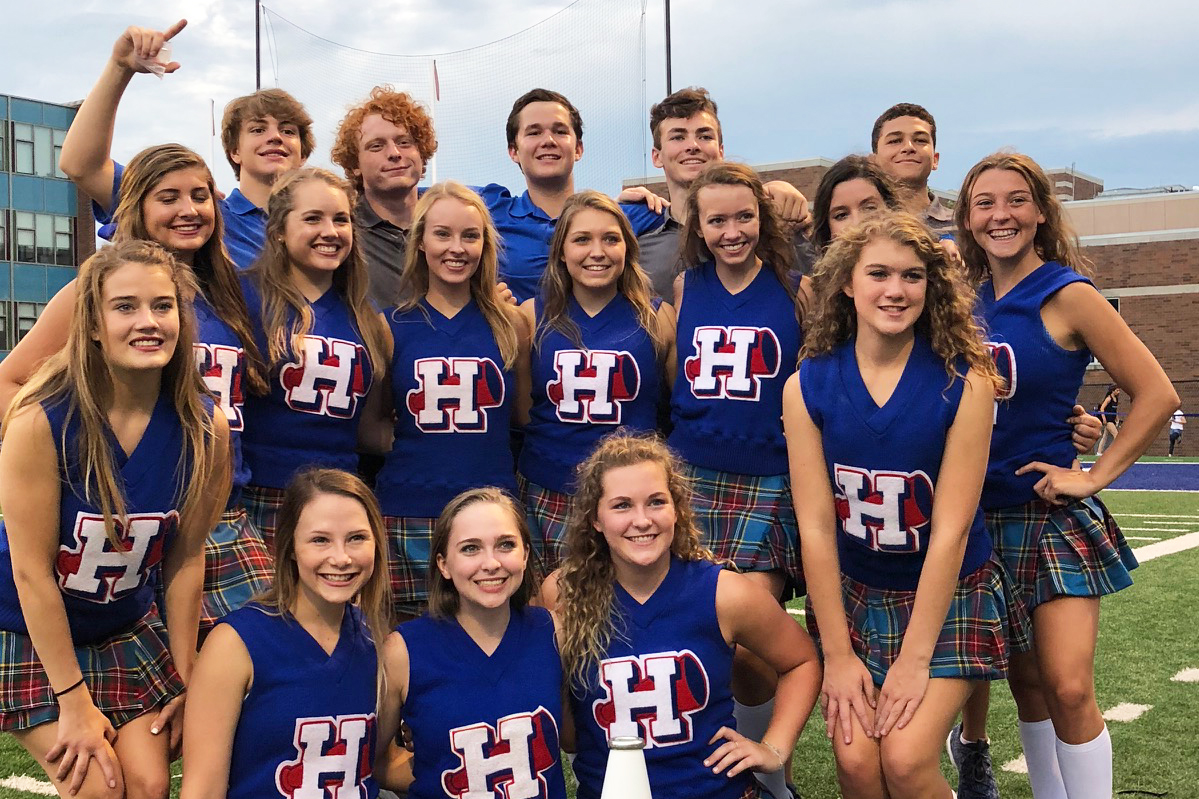Writing Workshop: Potential and Possibilities for Cultivating Purpose, Power, and Passion
by Wendy Sheets
Writing Workshop is a context that has the potential to help students develop as writers within a literate community. As students learn to live as writers, building a repertoire of tools and strategies, teachers have a role in cultivating purpose, power, and passion in meaningful ways. All three are necessary and impactful elements of an exceptional, gratifying Writing Workshop.
Purpose
First, as teachers, we must consider the purpose of the workshop. Let’s face it: Our hope is for students to become increasingly better writers who create thoughtful, interesting, well-crafted pieces of writing, and who love doing it. Our purpose, then, is to provide daily, momentum-building opportunities for writers to experience something new so they may extend their repertoire of generative tools related to craft and conventions.
For our writers, their work only becomes relevant when there is a purpose for writing. Writing provides an outlet for writers to share thinking that is meaningful to them in some way. Purpose increases the level of investment. Therefore, writers need to have freedom and flexibility, along with guidance, to make choices about their topics, the genre and structure that best communicates their message, their audience, the research necessary to plan for their writing, the details they include, the paper, graphics, text features, font, and decision to publish. If a goal is for students to become lifelong writers, their writing should fit them personally, with ties to their own lives, experiences, and interests. As members of a writerly community, students learn about one another and more readily share what is personally meaningful as well. Within this context, writers engage with purpose each day as they work on creating that which is meaningful to them.
Power
Within the Writing Workshop, students gain power as their writing process is strengthened. This happens through experiences that include daily writing minilessons, independent writing and the use of a writer’s notebook, writing conferences, and share time.
Daily, whole-group writing minilessons provide explicit strategies for writers to extend their understanding about craft and conventions. Craft minilessons may be related to organization, idea development, language use, word choice, and voice, and all serve in making writing better and more captivating. Conventions minilessons may include any aspect of writing mechanics and grammar, allowing for writing to be understood and appreciated by an audience. Mentor texts enable authentic, meaningful demonstrations of craft and conventions. As writers take on new learning about craft and conventions, they add to their repertoire of possibilities to potentially try out with every piece of writing. Check out some examples I share in chapter 18 of the text Responsive Literacy (Sheets, 2018).
When writers plant seeds within their writer’s notebooks or apply new learning from minilessons to their own pieces of writing, they gain power and agency in constructing their work. Writing conferences support the thinking of each writer as instruction is differentiated during a writer-to-writer conversation. With opportunities to provide feedback, teach something new, coach as the writer gives it a go, and make explicit links to ways the writer may apply the learning to independent work, the instructional possibilities are endless. While writers gain power as their teacher comes alongside them to lift their thinking about one focus at a time, conferences offer additional benefits. According to Carl Anderson (2018), ““The relationships that grow out of writing conferences are not the by-product of conferring – they are one of the important goals, since these relationships are so central to students’ growth as writers” (p. 10). As students gain power as learners and also find meaning in discussing their work with you, their teacher, they are positioned as writers who have agency in making important decisions. The share time at the end of the workshop offers another opportunity for writers to share their work, learn from others, and for you to glean important insights that further inform your instructional decisions.
Passion
When writers engage with purpose and continue to develop in powerful ways, they often find themselves passionate about their work. Writing should be a joyful occasion. When it is viewed as drudgery or simply a school task that must be completed for the teacher, it is difficult for students to feel invested. I find that the reciprocal nature of reading and writing is important to tap into for many reasons, including building passion. When sharing and discussing a variety of high quality texts during Interactive Read-Aloud or Guided Reading, learners begin to engage differently. As they think deeply about texts – literally, inferentially, and critically – they may read with the eye of a writer. For instance, if I appreciate the way Ralph Fletcher uses the craft of metaphor in Twilight Comes Twice, I can try it out in my own writing. That’s exciting!
Passion develops when writers have choice, share the stories that are meaningful to them, and explore options for improving the craft of their writing. All of this is in service of communicating their message to their audience with purpose and power. Remember that hope I mentioned earlier in this article? Writing Workshop as a time and space where purpose, power, and passion are cultivated does offer the potential for students to become increasingly better writers who create thoughtful, interesting, well-crafted pieces of writing, and who love doing it. It’s up to us to cultivate – fertilize, plant, sow, grow, develop, and foster – that purpose, power, and passion. Think of the possibilities you’ll reap!
Anderson, C. (2018). A Teacher’s Guide to Writing Conferences: Classroom Essentials. Heinemann: Cambridge, MA.
Fletcher, R. (1997). Twilight Comes Twice. Clarion Books.
Sheets, W. (2018). Writing workshop for grades 3-6. In P. L. Scharer (Ed.), Responsive literacy: A comprehensive framework (pp. 262-280). New York: Scholastic.
Wendy Sheets is an Intermediate & Middle Level University Trainer with Literacy Collaborative at The Ohio State University. She will present two sessions during the upcoming 2019 National Reading Recovery & K-6 Literacy Conference in Columbus, OH: Coaching Around the Reading Process on Sunday at 1:30 pm and Literate Identities: The Power of Classroom Interactions on Monday at 3:00 pm










 Debra Crouch works nationally as an independent literacy consultant, collaborating with districts and schools in designing professional learning opportunities. Her website is
Debra Crouch works nationally as an independent literacy consultant, collaborating with districts and schools in designing professional learning opportunities. Her website is